Home Insurance in Puerto Rico: 7 Best Facts You Need to Know
House Insurance in Puerto Rico is a necessary investment for protection against nature-based calamities such as hurricanes, floods, and earthquakes. Based on the geographic susceptibility of the island, a good policy not only is convenient but also very much needed. Unfortunately, even so many, its inhabitants aren’t informed regarding fundamental features affecting coverage and funding.
Knowledge of the intricacies of home insurance in Puerto Rico saves homeowners from expensive pitfalls. From variations in premiums to how federal programs play a part, this article demystifies seven need-to-know facts to guide you toward making smart insurance choices.
Table of Contents
What is Home Insurance in Puerto Rico?
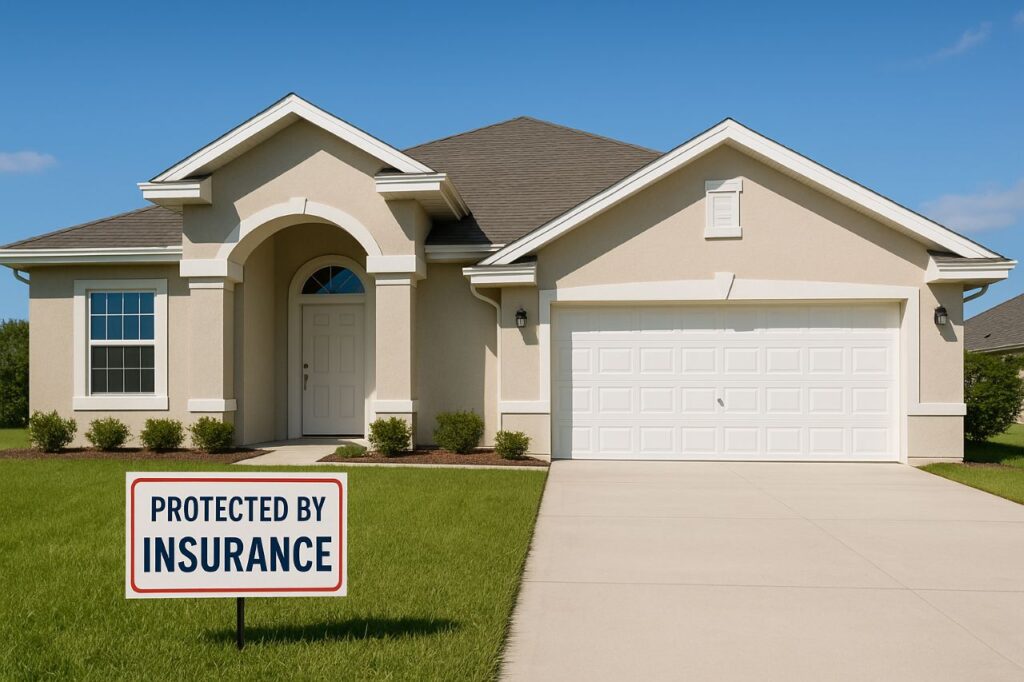
Home insurance in Puerto Rico is a legally enforceable contract between an owner and an insurance company that provides financial protection against a multitude of possible losses. These can encompass damage to the structure of the home, stealing or destruction of personal property, and legal responsibility if someone were to be injured on your premises. Essentially, it’s your money cushion when the unexpected hits.
A typical Puerto Rican house insurance policy will have four major components:
- Dwelling Coverage: Pays for repair or reconstruction expenses when your home structure is damaged through covered causes like fire, wind, or theft.
- Personal Property Coverage: Shields your belongings like furniture, appliances, electronics, and clothing from loss through theft, fire, or other covered hazards.
- Liability Protection: Provides financial protection in case someone gets hurt on your premises and sues for damages.
- Additional Living Expenses (ALE): Pays for the cost of alternative living arrangements, food, and other everyday expenses if your home becomes uninhabitable due to a covered occurrence.
But Home Insurance in Puerto Rico has to be understood in terms of the island’s peculiar geographic and climatic risks. Puerto Rico is often hit by natural disasters like hurricanes, earthquakes, and flooding. Most standard policies do not cover these high-risk occurrences automatically.
Consequently, homeowners might have to buy add-on endorsements or altogether different policies—like flood insurance through FEMA’s National Flood Insurance Program (NFIP) or earthquake riders—to provide complete protection.
Knowing this subtlety is crucial. Lacking the right combination of coverage, your house may be woefully under-insured at a time of true need when a catastrophic loss occurs. Being willing to sort through your choices can be the difference between recovery and ruin.
7 Eye-Opening Facts You Need to Know
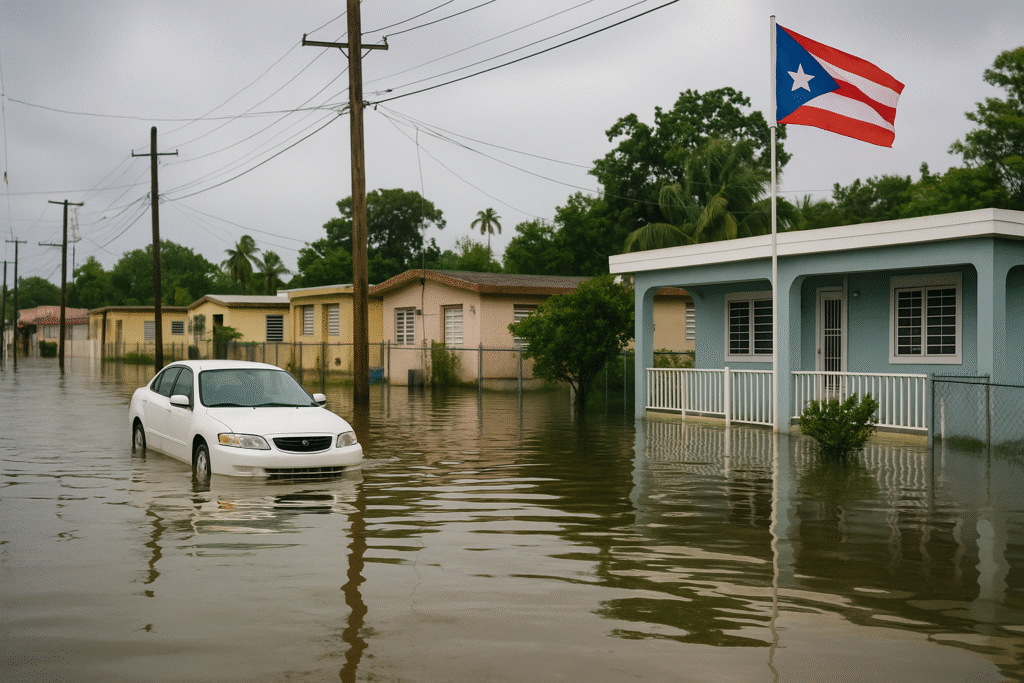
Fact 1: Flood Damage Is Not Covered by Standard Policies
One of the most hazardous myths for homeowners is that their standard insurance policy covers flood damage. In Puerto Rico, this is seldom the case. Home insurance in Puerto Rico is not covered for flooding due to tropical storms, hurricanes, or heavy rain.
Given the island’s frequent exposure to flash floods and rising sea levels, the lack of flood coverage is a significant risk. Even a few inches of water entering your home can result in $20,000 or more in damage, including ruined flooring, mold growth, and destroyed appliances.
Homeowners need to buy an additional flood insurance policy, either privately or through the National Flood Insurance Program (NFIP), in order to remain financially secure. Otherwise, your house and savings can be destroyed by the next big storm.
Fact 2: Earthquake Coverage Must Be Added Separately
Puerto Rico is situated along the seismically active North American-Caribbean tectonic plate boundary. However, the majority of basic Home Insurance policies in Puerto Rico exclude earthquake coverage.
This crucial protection has to be bought as an endorsement (an addition to an existing policy) or a separate earthquake policy. Most residents found this the hard way following the 2020 Puerto Rico earthquakes, which rendered thousands of houses cracked, damaged, or unlivable.
Given the region’s ongoing seismic activity, earthquake insurance is no longer a luxury—it’s a necessity. If your policy doesn’t include it, you’re potentially exposing your biggest investment to unrecoverable loss.
Fact 3: Windstorm and Hurricane Coverage Comes with High Deductibles
Hurricane coverage is generally part of Home Insurance in Puerto Rico, but the catch here is a special and not very well-known price: the percentage-based deductible. In contrast to normal claims that charge a dollar-based deductible (i.e., $1,000), hurricane deductibles tend to be 2% to 5% of the insured value of your home.
Which translates to if you have a $300,000 home and your hurricane deductible is 5%, you’d need to pay the first $15,000 of any damage yourself before your insurance company even applies. That could be financially crushing if you haven’t prepared.
To get an edge, homeowners need to:
- Know their actual hurricane deductible percentage.
- Save for hurricane season emergency funds.
- Keep in mind they should only consider increasing their deductible if they’re able to pay the risk themselves.
Fact 4: Coastline Homes Cost More—and Potentially Have Less Coverage
If your home is on the coastline—typical in Puerto Rico—be prepared to pay a premium for coverage. Because it’s more susceptible to storm surge, wind destruction, and erosion, coastal Puerto Rican home insurance tends to cost much more than inland homes.
In certain high-risk areas, private companies might even decline to provide full coverage, particularly for wind or flood damage. Homeowners in such cases have to depend on limited coverage available through the Puerto Rico Property Insurance Association (PRPIA)—the government-sponsored insurer of last resort.
If you have a seashore house, act ahead:
- Compare specialty insurers experienced in Caribbean risks.
- Think about additional windstorm or flood riders.
- Make storm-resistance improvements and lower your premiums.
Fact 5: You’re Missing Out if You’re Not Bundling Policies
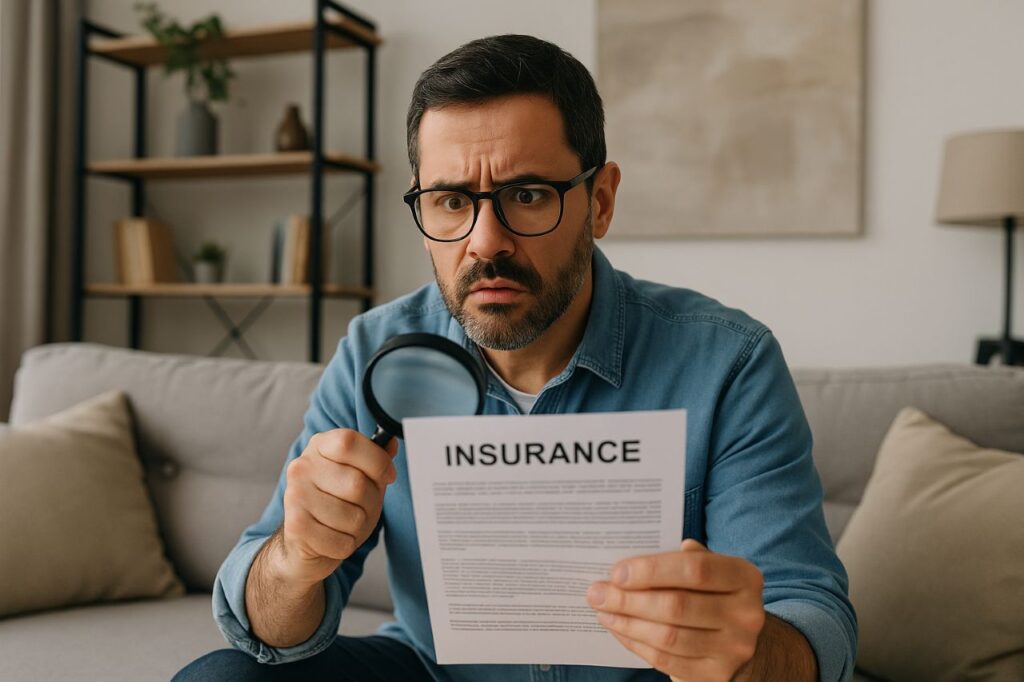
Bundling is one of the simplest ways to save money on insurance. If you haven’t gotten your provider to offer you a deal in bundling your home insurance in Puerto Rico with your auto, life, or even boat insurance, you might be leaving money on the table.
Most insurers provide bundling discounts of 10% to 25%, based on your profile and the number of policies bundled. Besides savings, bundling usually leads to easier claims processes and better customer service.
The next time you shop around for home insurance, ask:
- What multi-policy discounts do I qualify for?
- Will bundling enhance or decrease my overall coverage quality?
Fact 6: Most Homeowners Don’t Know What Their Policy Excludes
Reading the fine print is nobody’s delight—but neglecting it might set you back thousands. Most homeowners believe their policy is “full coverage,” but most Home Insurance in Puerto Rico has important exclusions.
Typical exclusions are:
- Mold and mildew damage.
- Power surges (due to outages or lightning strikes).
- Damage due to pests such as termites.
- Slow water leaks or wear-and-tear.
To not be surprised during a claim, ask for an entire list of exclusions from your carrier. You might be able to cover gaps with endorsements such as mold coverage, service line protection, or appliance breakdown insurance.
Fact 7: Filing Too Many Claims Can Backfire
It can make sense to make a claim whenever something gets damaged, but making a claim too often—particularly for minor repairs—can ultimately be bad for you. Most insurers monitor your claims record and may:
- Increase your premiums.
- Decline renewals.
- Mark you as a high-risk customer.
For Puerto Rico home insurance, it’s smart to save claims for big-ticket occurrences—such as hurricane damage or structural loss—and pay for little things (like a small leak or a busted window) out of pocket.
This approach works:
- Safeguard your low-risk customer status.
- Keep rates affordable.
- Cut the likelihood of non-renewal or cancellation.
How Much Does Home Insurance in Puerto Rico Cost?
The price of Home Insurance in Puerto Rico depends greatly on where the property is located, the type of construction, and what kind of coverage you choose. Because the island is exposed so often to hurricanes, floods, and earthquakes, insurance costs more than on the U.S. mainland. These hazards make comprehensive coverage a necessity—but that added protection doesn’t come cheap.
The average annual premiums for Puerto Rico Home Insurance are between $1,000 and $3,000, but residences in high-risk neighborhoods or those with extra coverage for floods and earthquakes can expect to pay over $4,000 annually.
Premiums Are Affected Greatly by Location
In Puerto Rico, the place is a major cost factor. Houses that are on the coast, in flood areas, or in earthquake zones generally charge more. Insurers determine rates on the likelihood of a property being damaged. Thus, a house in an interior town such as Caguas can have lower rates than a beach house in Vieques or Rincon.
If you are looking for Home Insurance in Puerto Rico, always inquire whether your area is within FEMA flood zones or high-risk windstorm areas, as this will have a direct bearing on your policy price.
Construction Type Matters
The type of material used in constructing your dwelling directly influences your premium for Puerto Rico Home Insurance. Concrete-built houses are considerably more resistant to earthquakes and hurricanes, so they are less costly to insure. Wood-frame homes or older dwellings are weaker and generally more costly to safeguard.
Certain carriers provide discounts to houses with features resistant to hurricanes such as storm shutters, impact windows, or reinforced roofs.
Coverage Limits Determine Cost
The level of coverage you choose also influences your premium. Greater limits on coverage for the building, personal items, or liability will increase Home Insurance in Puerto Rico. You should find a balance between sufficient cover and cost.
Make sure to read all aspects of the policy:
- Coverage of the physical building.
- Personal property for your items.
- Liability protection for lawsuits.
Additional Living Expenses (ALE) for temporary housing if your home is rendered uninhabitable
Deductibles and Out-of-Pocket Expenses
Home insurance in Puerto Rico sometimes comes with a hurricane-specific deductible, which is percentage-based (typically 2%–5% of the value of the home that is insured) as opposed to a flat dollar figure. This would mean that on a $300,000 home, you might have to pay up to $15,000 out of pocket before the policy covers hurricane damage.
Choosing a higher deductible can lower your premium, but it increases your financial risk during a disaster. Be sure to budget for this when selecting your policy.
Additional Factors That Increase Cost
Aside from the core policy, many homeowners need add-on coverage to be fully protected. Since Home Insurance in Puerto Rico doesn’t typically include:
- Flood damage (you’ll need a separate NFIP or private policy).
- Earthquake coverage (purchased as an added rider or stand-alone policy).
- Mold, sewer backup, or power surge protection (usually excluded).
Adding these riders can increase your premium by hundreds to thousands annually—but they are frequently a must-have.
Final Insight
If you’re looking for affordable yet reliable Home Insurance in Puerto Rico, be prepared to shop around. Compare multiple quotes, ask about bundling options, and review all policy exclusions. Consider working with a local agent who understands regional risks and can help tailor your policy.
The key is finding a balance between premium cost and protection—because in Puerto Rico, nature doesn’t give much warning.
How to Choose the Right Insurance Provider
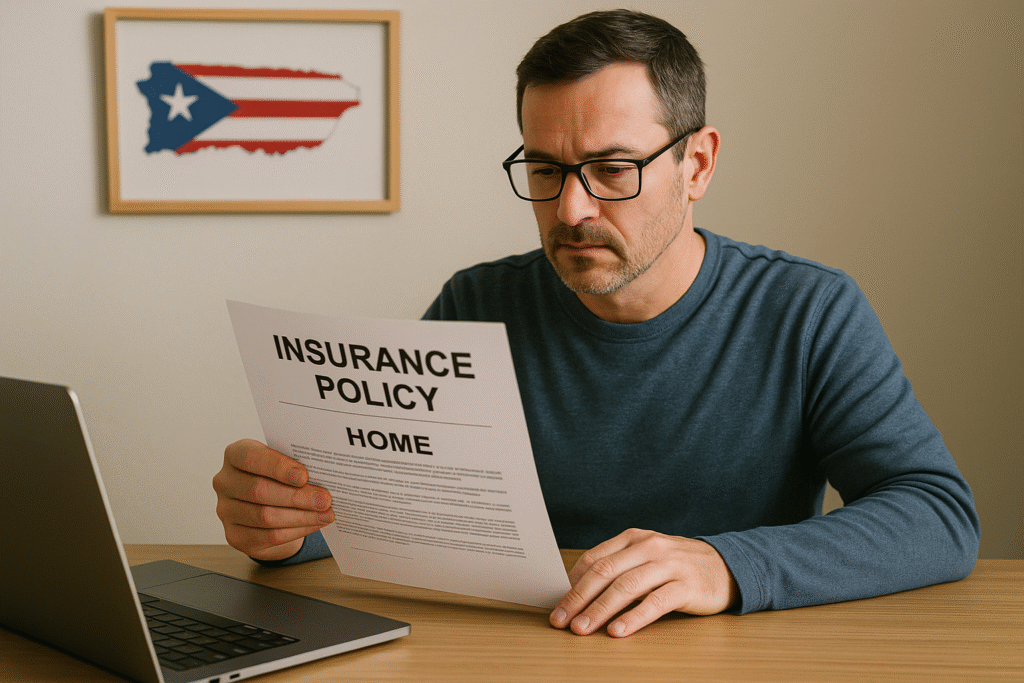
Selecting a trusted home insurance provider in Puerto Rico is one of the most significant choices you’ll ever make as a homeowner. You’re not only insuring your property—you’re investing in your capacity to recover cheaply and quickly when disaster hits. Here’s how to assess providers the proper way.
Reputation and Customer Service
Seek out companies with a good history of positive customer experiences, particularly in terms of claims handling. Quick, equitable claims resolution is paramount during hurricane season or following an earthquake.
To assess a provider’s reputation:
- Visit consumer review websites such as ConsumerAffairs.
- Go to the Better Business Bureau (BBB).
- Read homeowners’ testimonials in Puerto Rico on local forums or insurance comparison websites.
How an insurer has acted in the face of previous catastrophes reflects highly on their quality of service.
Claims Reliability and Financial Strength
Your insurer in Puerto Rico’s disaster-inducing environment should have the available capital to make big claims. A company’s financial strength accurately measures its potential to stay in business and keep up with servicing needs during catastrophic events.
Compare an insurer’s stability using independent agencies:
Steer clear of companies with weak or unrated financial stability—their businesses might not last through a significant catastrophe.
Flexible Coverage and Endorsements
Most Puerto Rico home insurance policies exclude essential coverages such as floods, earthquakes, or mold damage by default. Your company should include optional endorsements or add-on policies to cover gaps.
Before you select a company, inquire:
- Can I purchase flood insurance through the NFIP or through a private rider?
- Does your policy permit earthquake endorsements?
- Are hurricane deductibles reasonable and clearly stated?
Flexibility in policy structure is a sign of a good insurer—especially in Puerto Rico where every home faces different risks.
Public Options: Puerto Rico Property Insurance Association (PRPIA)
If you can’t get private insurance—especially if your property is in a high-risk coastal or flood area—you might still be eligible for government-sponsored insurance. The Puerto Rico Property Insurance Association (PRPIA) offers basic protection for non-insurable homes, and some local agents can assist you in signing up.
PRPIA might not provide the same full-coverage protection as private insurers, but it’s a safety net that’s good to know about.
Final Thoughts
Choosing the appropriate home insurance provider in Puerto Rico involves more than mere price comparison. Look beyond that—into financial stability, policy adjustability, customer service, and their disaster recovery efforts. Utilize the resources listed above to scrutinize each possibility thoroughly. The time you spend up front could save you thousands—and hours of frustration—when disaster strikes.
How to Lower Your Premium on Home Insurance in Puerto Rico
Whereas it’s important to safeguard your property with proper coverage, there are various tactical methods for lowering the price of Home Insurance in Puerto Rico. With the island’s growing susceptibility to hurricanes, floods, and earthquakes, premiums may be high—but need not be exorbitant. With well-reasoned modifications and upgrades, you can effectively reduce your yearly expenses.
Strengthen Your Residence Against Disasters
Securing your property is one of the best ways to reduce your home insurance premium in Puerto Rico. Insurance providers give a discount to homeowners who minimize the risk of loss of property due to hurricanes and storms.
You may be eligible for discounts by:
- Installing storm shutters or impact windows.
- Upgrading reinforced roofing materials.
- Employing storm-rated doors and garage doors.
Houses that are built to withstand natural disasters cost less to insure. Go to the Federal Alliance for Safe Homes (FLASH) for tips on affordable, insurance-approved upgrades.
Increase Your Deductible (If You Can Afford To)
One quick way to reduce your premium for Home Insurance in Puerto Rico is to raise your deductible. A higher deductible means you’ll pay more out of pocket in the event of a claim, but it also signals lower risk to insurers.
For instance, boosting a typical deductible from $1,000 to $2,500 may cut your yearly premium by as much as 20%. This solution is most favorable if you hold emergency funds ready for unplanned repairs.
Bundle Policies for Multi-Line Discounts
Combining your Puerto Rico home insurance with other policies—such as auto, life, or renters insurance—can trigger worthwhile multi-policy discounts. Insurers typically provide 10% to 25% savings when you bundle your coverage with one company.
Ask your agent:
- Are bundled policies the same in terms of disaster coverage?
- Will this change my hurricane deductible or other conditions?
Bundling not only saves you money but also simplifies handling policies and claims.
Request Loyalty, Safety, and Paperless Billing Discounts
The majority of Puerto Rican insurance companies provide extra discounts for long-term clients or safe homeowners. You might be eligible for extra savings if you:
- Install a security system for your home, smoke detectors, or leak sensors.
- Enroll in paperless billing or automatic payment.
- Pay the premium yearly instead of monthly.
- Been with the same company for several years.
These minor changes can result in great savings on home insurance in Puerto Rico in the long run.
Examine and Refresh Your Policy Each Year
A lot of homeowners in Puerto Rico keep paying expensive premiums because their policies are not up to date or over-insured. Going through your Home Insurance in Puerto Rico every year guarantees you are only paying for the coverage you truly require.
Assess:
- Your existing property value and rebuild cost.
- Personal property changes (e.g., electronics or appliances taken away).
- Whether new policy updates or discounts are available.
Utilize tools such as the NAIC’s Home Inventory Tool to reevaluate what requires coverage and what doesn’t.
Conclusion
Reducing your premium for Home Insurance in Puerto Rico is not a matter of compromise on protection—it’s smart choice-making. Through fortifying your home, deducting your premium, and availing yourself of discounts, you can have good coverage at an affordable cost. Sit down to read through your policy, avail yourself of all possible discounts, and speak to your insurer about modifications that return money into your wallet.
Final Thoughts
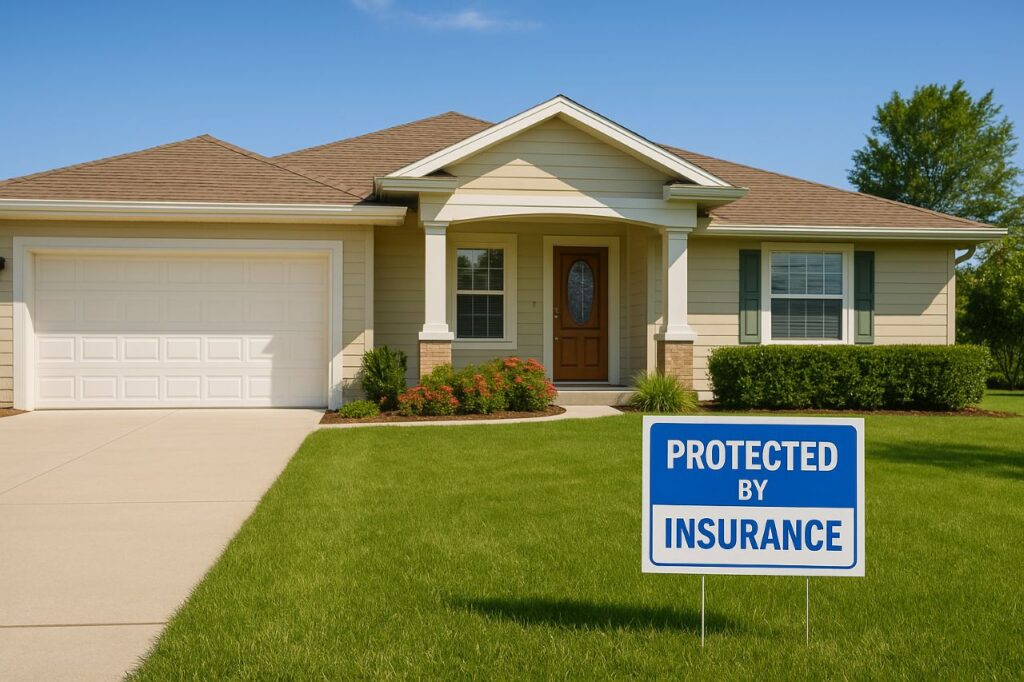
Whether you’re a new homeowner or just reviewing your present policy, getting to know home insurance in Puerto Rico is more crucial than ever. With more frequent natural disasters, high-risk areas, and changing insurance needs on the island, being informed can safeguard your money as well as your future.
The truth is obvious: standard policies tend not to cover earthquake and flood damage, hurricane deductibles are excessive, and you don’t have that flexibility from every provider. That’s why understanding how Puerto Rican home insurance functions is essential so you won’t be caught in the dark when disaster looms.
By taking these 7 key facts seriously, using the actionable tips we’ve defined, and proactively checking your coverage, you can improve your home’s protection and prevent expensive surprises. Don’t wait until next storm season—now is the time to upgrade, adjust, and lock in peace of mind with better home insurance in Puerto Rico decisions.
If you’re also looking to protect your home with high-value coverage, understanding premium insurance options is essential. Our article, Prestige Home Insurance: 7 Critical Truths, reveals what most homeowners don’t know about elite policies—from hidden gaps to surprising perks. It’s a must-read if you value full protection beyond the basics.
Frequently Asked Questions
Q1: What does a standard home insurance policy in Puerto Rico cover?
A standard home insurance in Puerto Rico policy typically covers structural damage, personal property, and liability—but it excludes floods and earthquakes unless added separately.
Do I need flood insurance if I don’t live in a high-risk zone?
Yes. Even if you’re not in a flood zone, adding flood coverage to your home insurance in Puerto Rico is wise, as one-third of flood claims come from low- or moderate-risk areas.
What’s the best place to compare home insurance in Puerto Rico?
You can compare home insurance in Puerto Rico providers through the Office of the Commissioner of Insurance or by using tools from top insurance companies online.
Is earthquake insurance mandatory with home insurance in Puerto Rico?
No, earthquake coverage is not mandatory, but it’s strongly recommended as an add-on to your home insurance in Puerto Rico due to the region’s seismic activity.
Can I cancel my home insurance in Puerto Rico anytime?
Yes, you can cancel, but make sure there’s no coverage gap—especially if you have a mortgage that requires continuous home insurance in Puerto Rico.
How can I reduce my premium for home insurance in Puerto Rico?
To lower your premium, bundle your home insurance in Puerto Rico with auto insurance, raise your deductible, install safety features, and maintain good credit.
Does home insurance in Puerto Rico cover hurricane damage?
Hurricane damage may not be included in basic home insurance in Puerto Rico. Windstorm or hurricane protection usually requires a separate endorsement and may have a high deductible.
What is PRPIA and how does it help with home insurance in Puerto Rico?
The Puerto Rico Property Insurance Association (PRPIA) offers limited home insurance in Puerto Rico for properties considered too high-risk for private insurers.
How often should I update my home insurance in Puerto Rico?
You should review your home insurance in Puerto Rico policy annually or after any renovations, new purchases, or changes in risk exposure (like updated flood maps).
Is renters insurance part of home insurance in Puerto Rico?
No. Renters must get separate coverage. While home insurance in Puerto Rico covers the property itself, renters insurance protects a tenant’s personal belongings and liability.

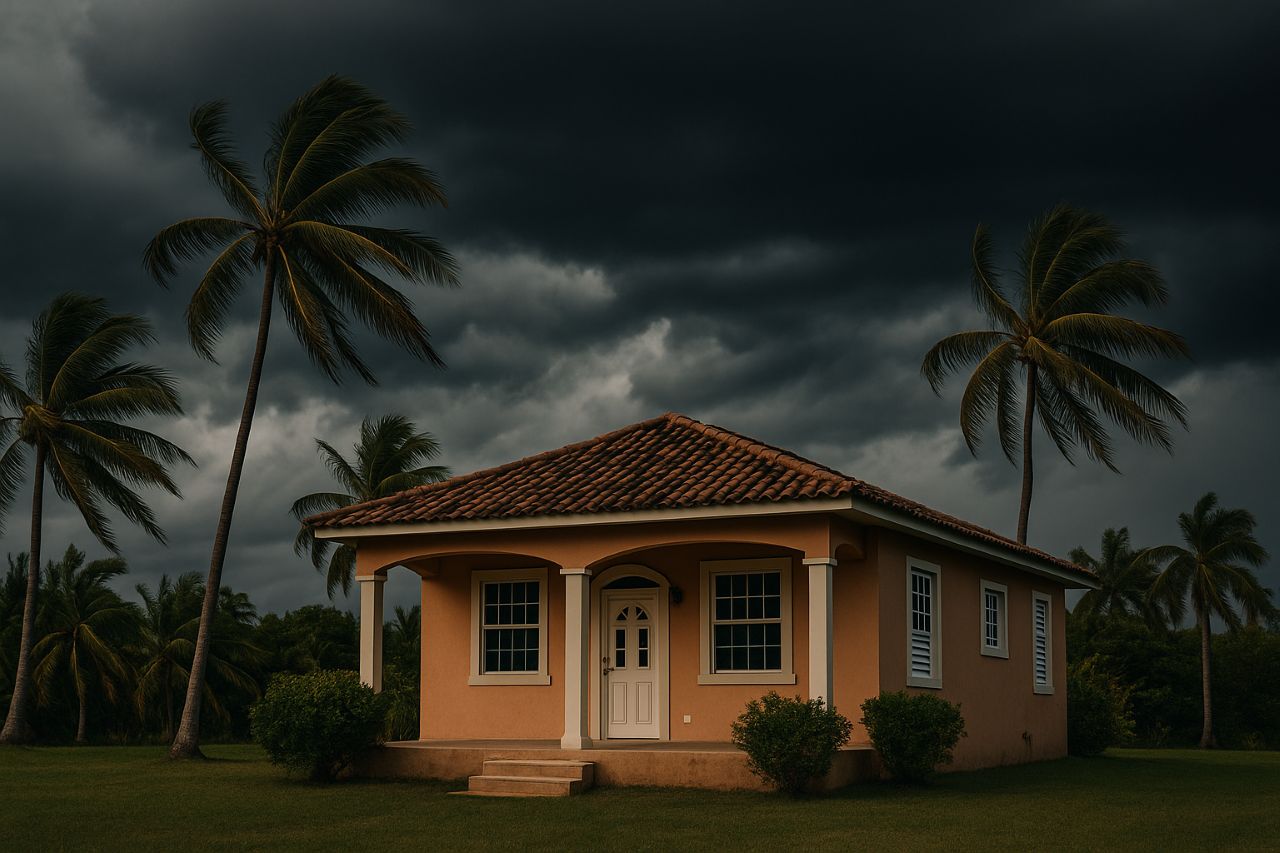
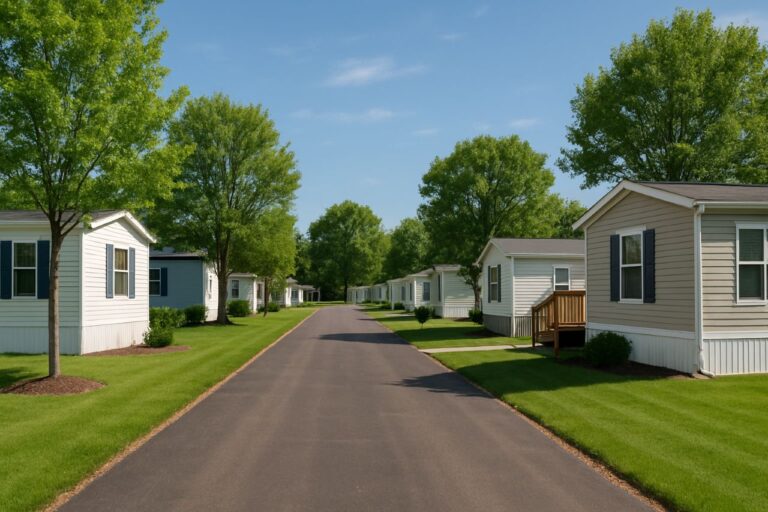

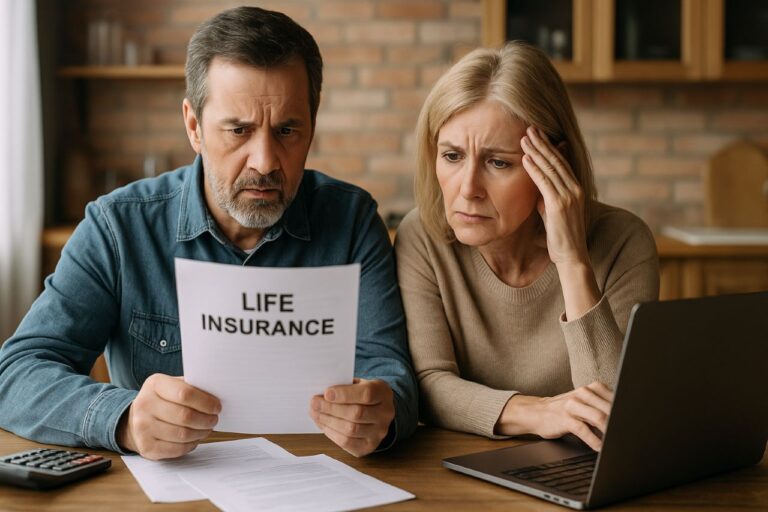

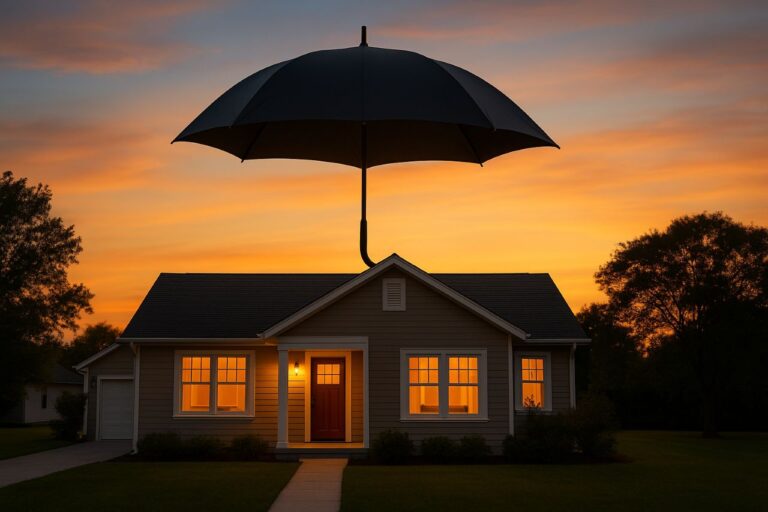
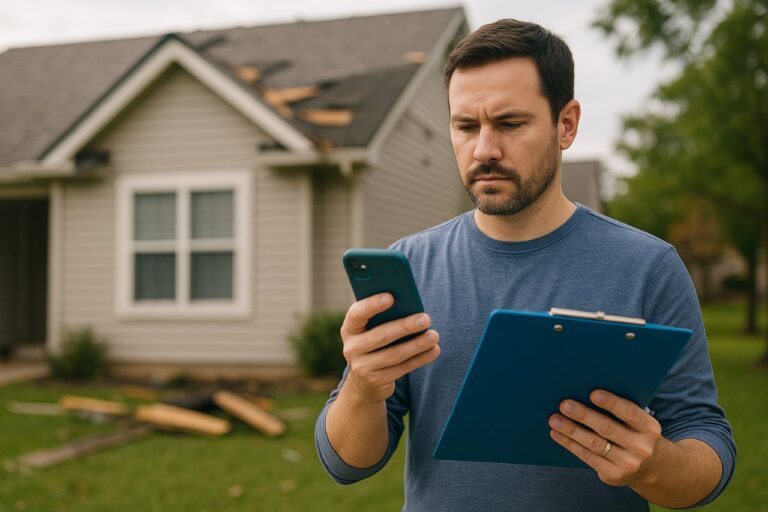
One Comment